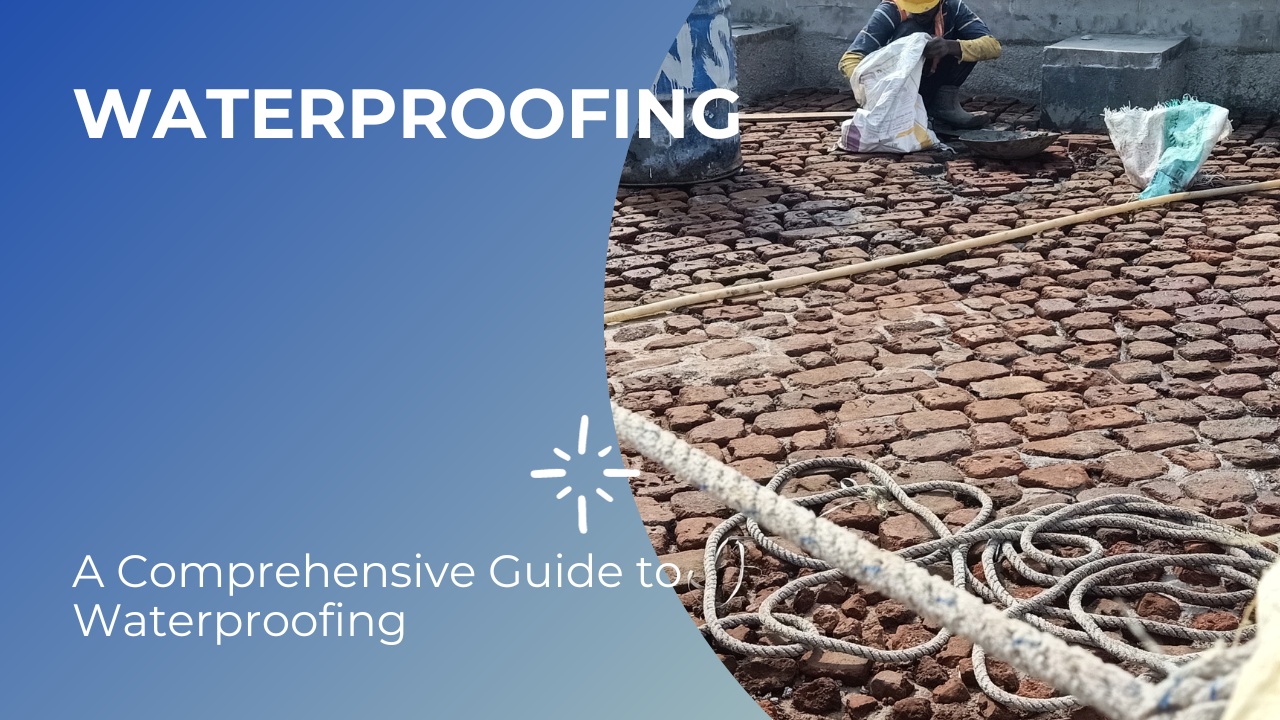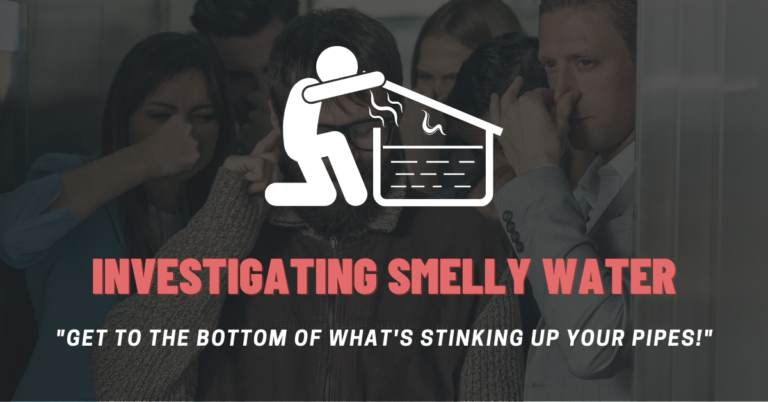Astonishingly, water tanks can actually explode! This article will explore the potential dangers of a water tank explosion, and how it can be prevented. We’ll also look at how a water tank can be kept safe and secure. So, if you’re worried about the possibility of a water tank explosion, read on to find out more.
can water tank explode ?
An over-pressurized or overheated water tank can explode. It can be caused by a malfunctioning pressure relief valve, a faulty expansion tank, or a build-up of wear and tear on the tank over time. If a tank is not inspected and maintained regularly, it can be more prone to explosions.
why did my water tank explode ?
Most water tanks will not explode. However, if a water tank is overfilled, pressure can build up within the tank and cause it to burst or rupture. This is usually due to a malfunctioning pressure relief valve or an overfilled tank. Additionally, if the tank is exposed to extreme temperatures that cause it to expand and contract, it could also cause the tank to rupture.
What happens when a water tank explode ?
If a water tank were to explode, it could cause extensive damage to the immediate area and potentially result in serious injury or death. The force of the explosion can send debris flying, create a shock wave, and rupture pipes and other nearby objects. The resulting water damage can be significant, and the displaced water can cause flooding and other structural damage. Moreover, it is important to note that the costs of repairs, clean-up, and potential lawsuits can cause significant economic damage due to damage.
how to prevent water tank explosion ?
- Install an approved pressure and vacuum relief valve on the tank: This will allow pressure to be released from the water tank in the event of a pressure buildup.
- Install a temperature gauge: This will help identify any sudden temperature changes in the tank.
- Regularly inspect the tank for signs of corrosion: Corrosion can weaken the tank’s structure, increasing the risk of an explosion.
- Check the pressure and temperature in the tank: Regularly monitor the pressures and temperatures in the tank to ensure they remain within the manufacturer’s recommended limits.
- Ensure regular maintenance and servicing of the tank: Ensure the tank is inspected and serviced regularly to detect potential issues.
- Keep combustible materials away from the tank: Any combustible materials, such as oil or gasoline, should be kept away from the tank to reduce the risk of an explosion.
- Ensure proper ventilation: Ensure the tank is properly ventilated to reduce the risk of an explosion due to a buildup of gases.
- Avoid overfilling the tank: Overfilling can lead to an increased risk of an explosion.
- Monitor the water level: Ensure the water level is monitored to ensure it remains within the manufacturer’s recommended limits.
- Provide intel pipe in the bottom of the tank: Provide intel pipe in the bottom of the tank as to what the manufacturer’s recommended limits are for pressure and temperature.







